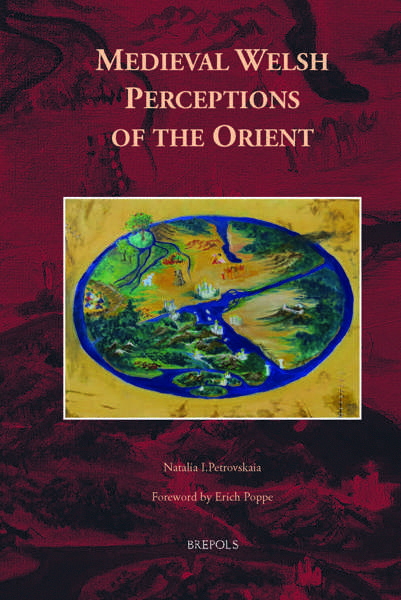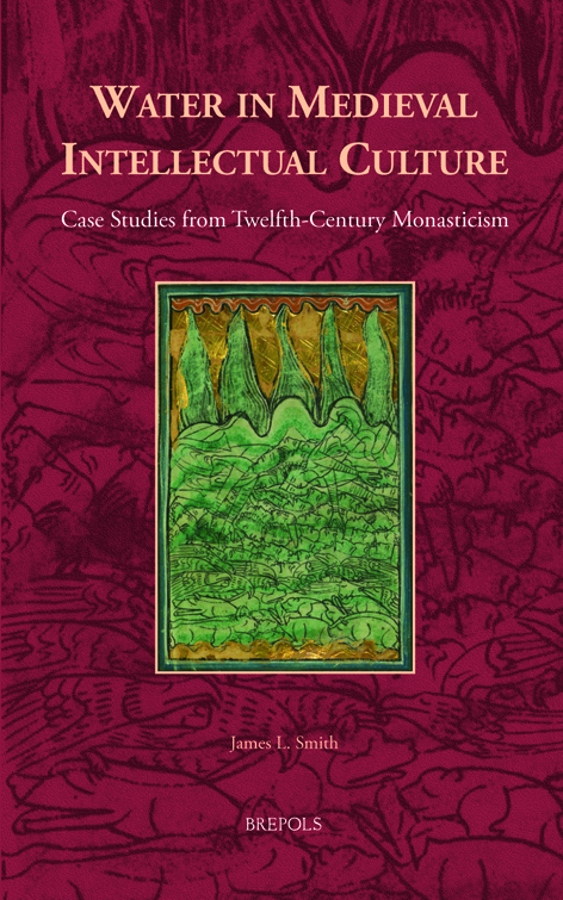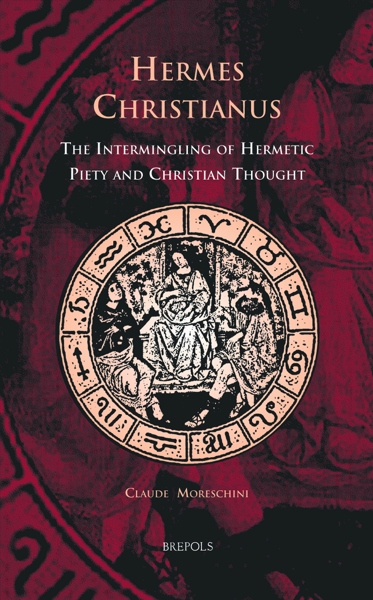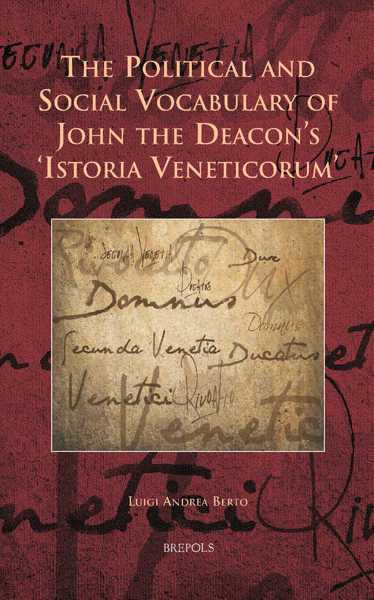
- Pages: 209 p.
- Size:156 x 234 mm
- Illustrations:8 b/w
- Language(s):English
- Publication Year:2018
- € 85,00 EXCL. VAT RETAIL PRICE
- ISBN: 978-2-503-57233-8
- Hardback
- Available
- € 85,00 EXCL. VAT RETAIL PRICE
- ISBN: 978-2-503-57236-9
- E-book
- Available
This study examines the significance and the deployment of fluid imagery in the composition, narration, and recollection of organised thought in the High Middle Ages through a blend of environmental and intellectual history.
« Ces trois études de cas précises, argumentées et originales, emportent l’adhésion davantage que les chapitres théoriques qui les précèdent. Elles donnent à voir la structuration du discours monastique du XIIe s. par différentes lunettes, alternant les genres de sources et les angles d’analyse, tout en suivant un fil conducteur unique, l’eau. » (Béatrice Delaurenti, dans Cahiers de civilisation médiévale, 240, 2019, p. 536)
“Es ist sehr dankenswert, dass die Arbeit in einer renommierten Reihe, die unter den Auspizien des Center for Medieval and Renaissance Studies an der UCLA steht, untergekommen ist, und es ist zu hoffen, dass sie in vielen Bibliotheken bei der Hand sein wird.” (Karl Brunner, in Mitteilungen des Instituts für Österreichische Geschichtsforschung, 128/2, 2020, p. 425)
“(…) Water in Medieval Intellectual Culture is a remarkably insightful book and an absolute joy to read.” (Flora Guijt, in Parergon, 36/1, 2019, p. 224)
This volume provides a new contribution to the understanding of twelfth-century monasticism and medieval intellectual culture by exploring the relationship between water and the composition of thought. It provides a fresh insight into twelfth-century monastic philosophies by studying the use of water as an abstract entity in medieval thought to frame and discuss topics such as spirituality, the natural order, knowledge visualization, and metaphysics in various high medieval texts, including Godfrey of Saint-Victor’s Fons Philosophiae, Peter of Celle’s letter corpus, and the Description of Clairvaux.
Through case studies of water in poetry, landscape narrative, and epistolary communication, this work traces the role of water as a uniquely medieval instrument of thought. Theoretical chapters of this book use water to explore the shaping of the medieval metaphor. Further case studies examine the differing and complex uses of water as a metaphor in various monastic texts. Focussing on the changeable power and material properties of water, this volume assesses the significance and deployment of environmental imagery in the composition, narration, and recollection of organized thought within the twelfth-century monastic community.
Introduction — Twelfth-Century Fluid Models
Chapter One — Interpreting Water as Complex Metaphor
Chapter Two — The Medieval Properties of Water Metaphor
Chapter Three — “An Unpolluted Spring”: Godfrey of Saint-Victor’s Fons Philosophiae and the Riparian Liberal Arts
Chapter Four — “Your pen poured forth good words”: Liquid Models in the Epistolary Style of Peter of Celle
Chapter Five — “To Serve you as a Mirror”: Spiritual Topography and Monastic Waterscape in A Description of Clairvaux
Conclusion — The Water Management of the Soul
Bibliography
Index




